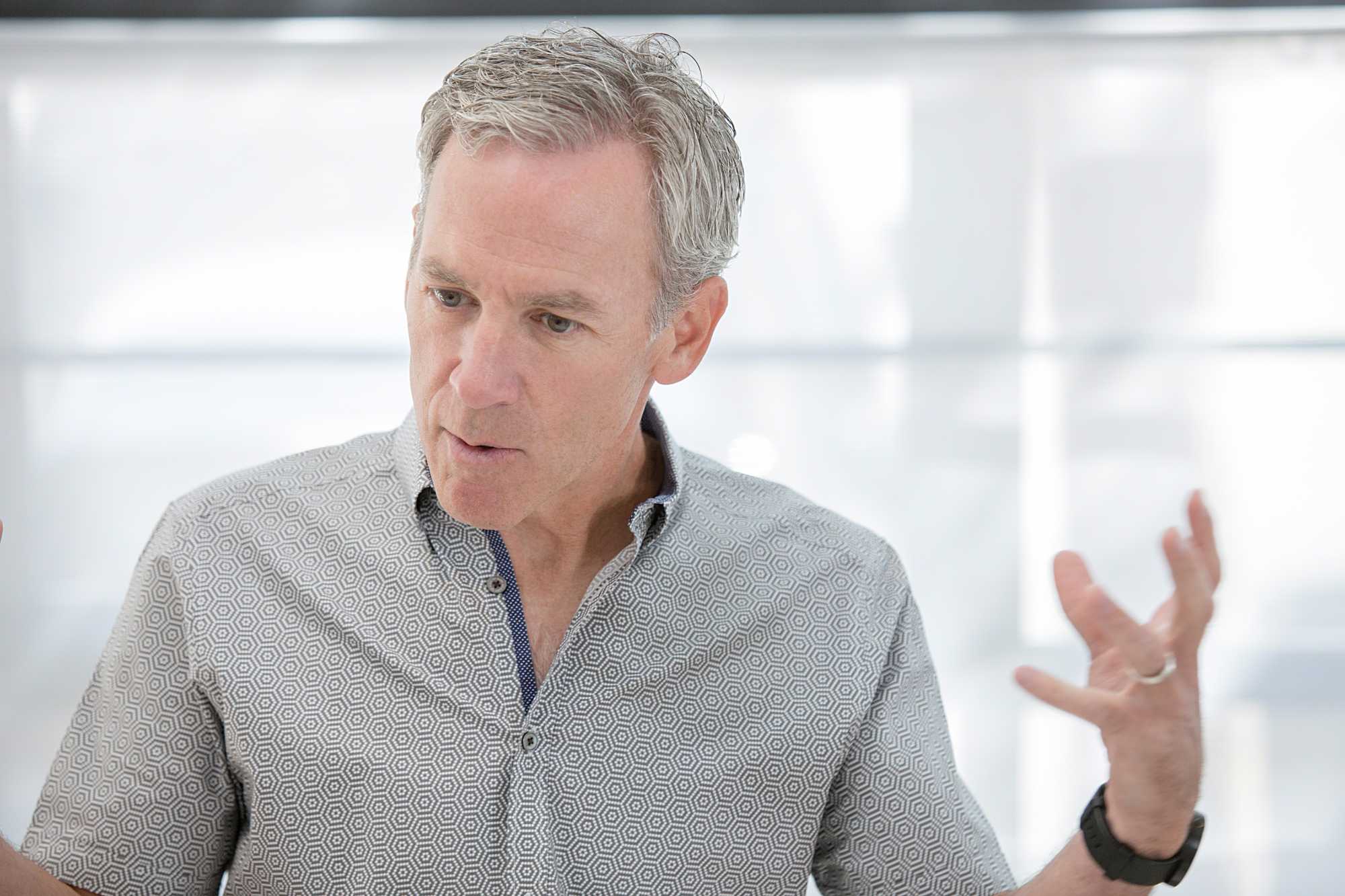
Farewell...
Workspring has chosen not to renew its lease in downtown Chicago. It has been our team’s pleasure to provide thousands of training, brainstorming and strategizing experiences to companies across the globe, and we are grateful to all of our customers. If you need to contact us, email info@workspring.com.
How Leadership is Changing

From Steelcase 360
In this ever-changing business environment, top executives are rethinking how to lead and create more robust organizations. By understanding business as a complex adaptive system, organizations can foster resilience and thrive in the midst of unpredictable circumstances. The model of adaptive systems provides insights for how to deploy key resources, especially people, in fundamentally different ways.
One of the most radical shifts is recognizing that adaptive systems are distinguished by distributed decision making, rather than central control. In this environment, people are not part of a rigid system, waiting for direction from people above them in the chain of command. Rather, they need to rapidly and continually adjust in response to the feedback they receive in order to thrive in dramatically changed circumstances. Unlike more rigid systems, adaptive ones rely on a regular flow of feedback from their larger environment to help them respond and change. Even the military, which has functioned for centuries under a command and control hierarchy, is reconsidering how to morph into a more adaptive system.
Leaders must shift toward “enabling rather than directing,” advises General Stanley McChrystal, author of “Team of Teams,” in which McChrystal shares the lessons he learned while trying to combat a highly agile and adaptive enemy. “The leader acts as an ‘Eyes-On, Hands-Off’ enabler who creates and maintains an ecosystem in which the organization operates.” “The purpose of leaders used to be to distribute power and resources to drive optimization,” says Steelcase President and CEO Jim Keane. “But as our environment becomes more complex, instead of thinking about how to reengineer the organization, we need to think about how to reinvent it, over and over. And, crucially, instead of continuing to drain the meaning out of people’s jobs, we need to think hard about how to continually reenergize and engage our teams.”
Nurture the Individual
There is a link between physical health, mental health and cognitive performance. Executives need to manage significant stress from the performance pressures they face. Environments that help executives manage stress and promote their wellbeing can enhance their cognitive processes.
Space as Synapse
Executives face even greater challenges in maintaining relationships and informational connections, especially in globally integrated organizations. Leadership spaces can be designed to help facilitate better connections between people and information, while providing remote executives with a virtual presence more similar to the experience of leaders who are physically present in the space.
Enable Transitions
Executives are challenged with the need to constantly switch informational contexts throughout the day. Time is also a critical resource. Physical spaces can help accelerate contextual immersion and support leaders getting into flow faster.